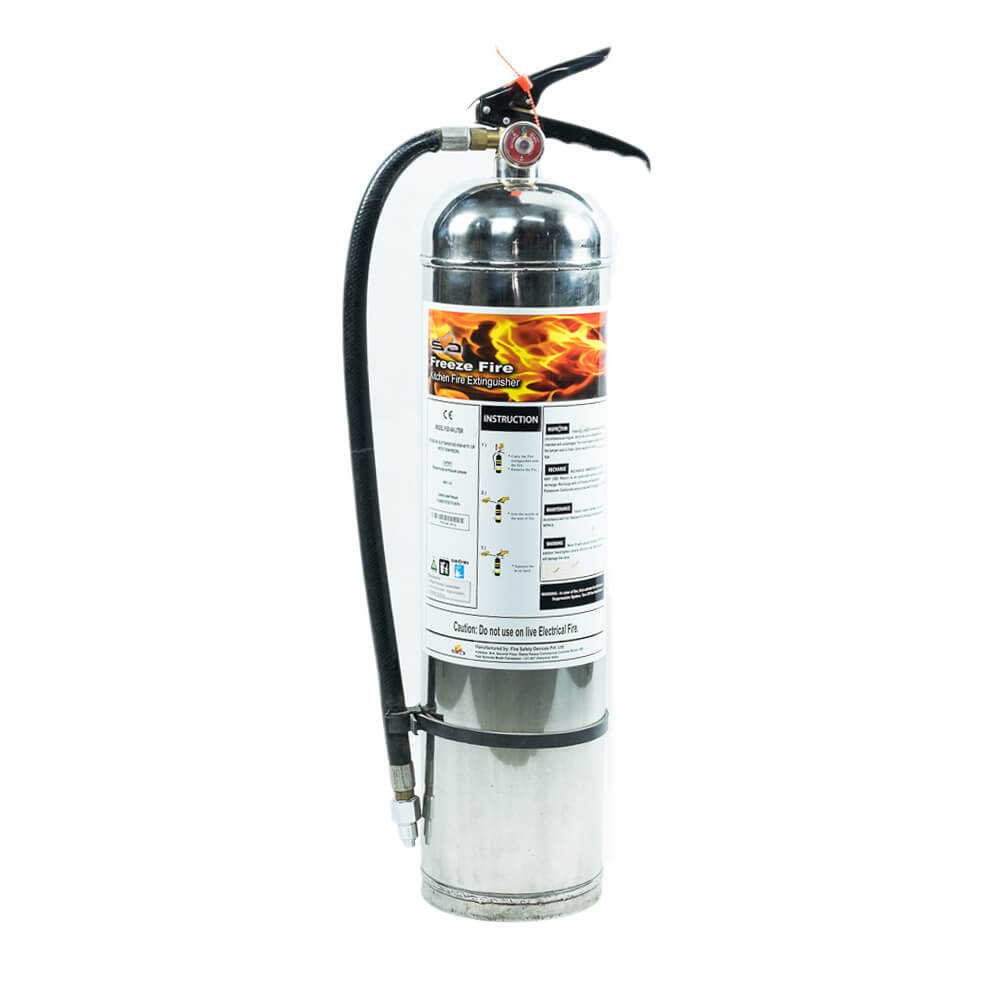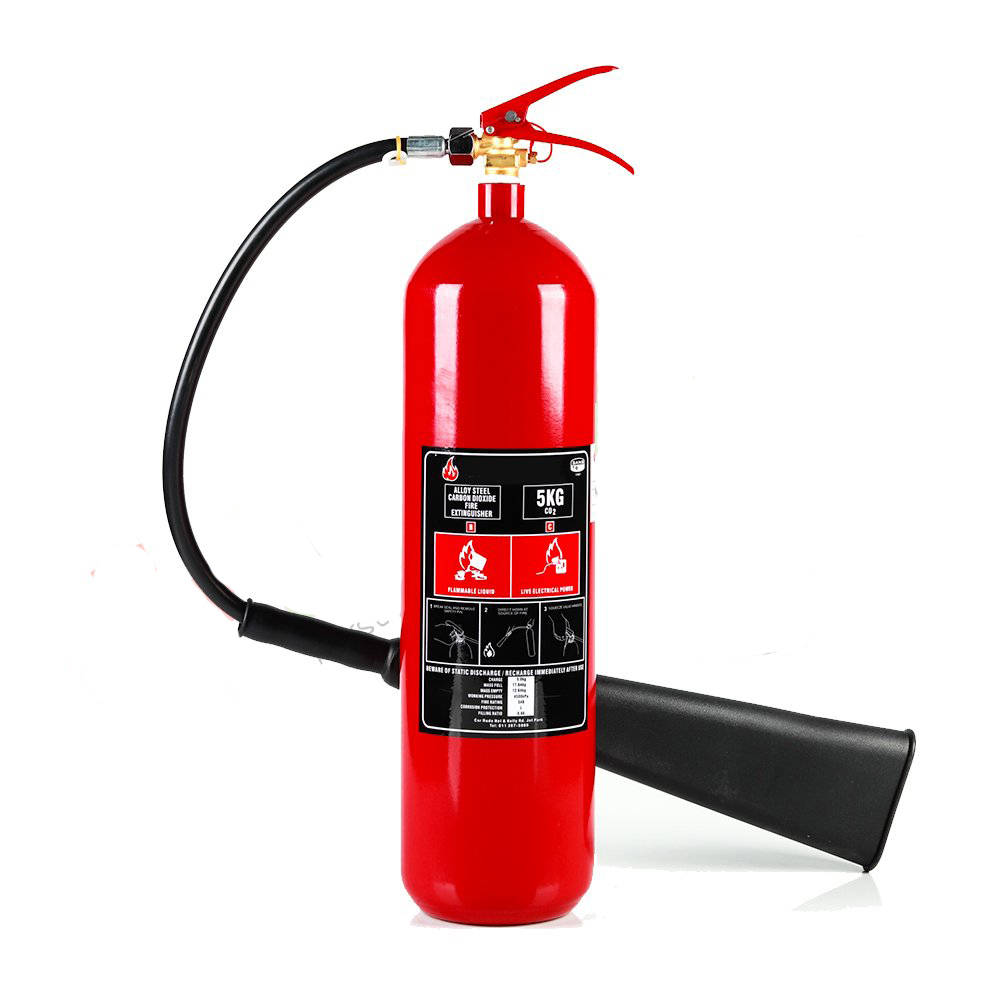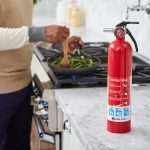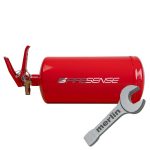I. Introduction
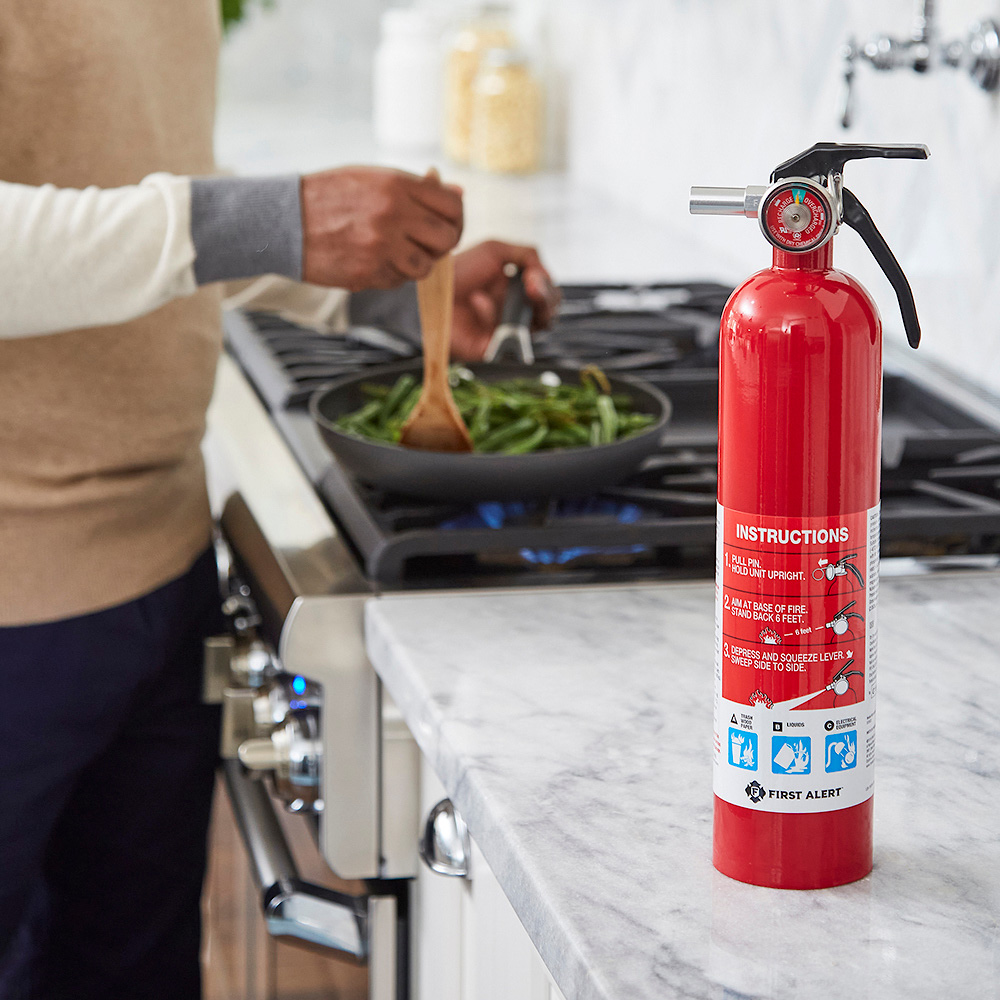
Fire safety is a critical aspect of maintaining a safe and secure environment in both residential and commercial settings. Proper fire safety measures can help prevent the spread of fires. And it can minimize damage to property and potential harm to individuals. One type of fire extinguisher that is specifically designed for use in kitchen environments is the wet chemical fire extinguisher class. In this article, we will explore the importance of fire safety. And take an in-depth look at wet chemical fire extinguishers and how they work.
II. Understanding Wet Chemical Fire Extinguishers
A. Definition and purpose
Wet chemical fire extinguishers are specifically designed to tackle Class K fires, which involve cooking oils, grease, and fats commonly found in commercial and residential kitchens. The primary purpose of wet chemical extinguishers is to safely and effectively suppress these types of fires, preventing them from spreading and causing extensive damage.
The design of wet chemical extinguishers involves using a specialized liquid agent that reacts with the cooking oil to create a soapy layer on the surface. This layer effectively extinguishes the fire and prevents re-ignition, providing a reliable solution for combating Class K fires. The unique composition of wet chemical agents allows for safe use on cooking oil fires. And it can address the specific hazards associated with these types of fires.
B. How wet chemical extinguishers work
Wet chemical fire extinguishers work through a combination of chemical reaction and fire suppression techniques. When activated, the wet chemical agent is discharged from the extinguisher, forming a fine mist that both cools the fire and creates a chemical reaction with the cooking oil.
The chemical reaction with the cooking oil creates a soapy foam that effectively blankets the fire, smothering the flames and preventing them from spreading. This intervention not only extinguishes the fire but also forms a protective layer over the oil, which helps to prevent re-ignition.
The application of wet chemical extinguishers involves a specific technique to ensure the effective control and suppression of Class K fires. When using a wet chemical extinguisher, it is important to aim the discharge at the base of the fire, maintaining a safe distance, and using a sweeping motion to cover the entire affected area.
III. Class A Fire Extinguishers
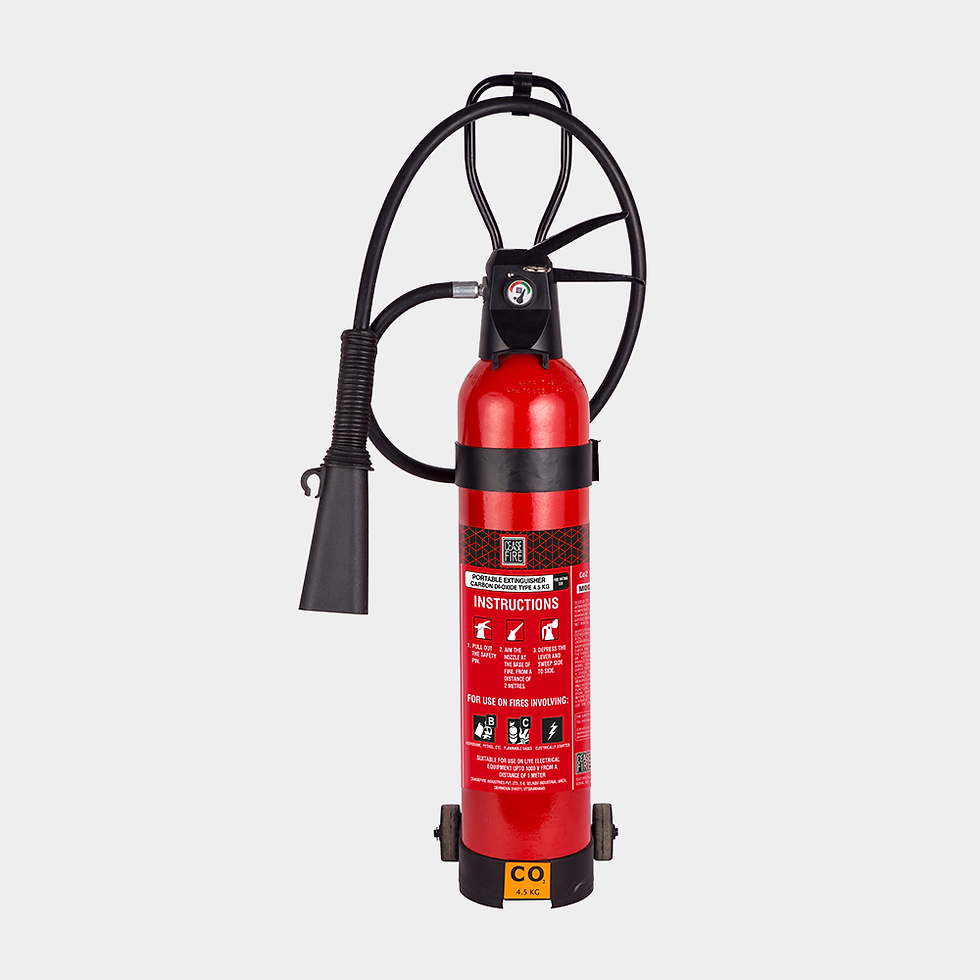
Class A fires are those that involve ordinary combustible materials such as wood, paper, cloth, and certain plastics. These fires are some of the most common and can occur in a variety of settings. Class A fire extinguishers are specifically designed to combat these types of fires effectively.
A. Suitable for ordinary combustibles
Class A fire extinguishers are specifically designed to address fires involving ordinary combustible materials. This makes them a versatile and essential safety tool for a wide range of environments. Whether it’s a small fire in a residential setting or a larger fire in a commercial space. Having a Class A fire extinguisher readily available can make a significant difference in fire containment and overall safety.
B. Effectiveness in addressing Class A fires
The effectiveness of Class A fire extinguishers in addressing Class A fires cannot be overstated. These extinguishers typically use water, foam, or dry chemical agents to extinguish the flames by cooling the fire and smothering the flames, ultimately leading to fire suppression. Their ability to effectively combat ordinary combustible fires is a testament to their importance in fire safety protocols.
In homes, Class A fire extinguishers are an essential tool for addressing small fires that may occur in kitchens, living areas, or storage spaces. For businesses, schools, and other institutions, having Class A fire extinguishers strategically placed throughout the premises is a critical part of ensuring the safety of occupants and mitigating potential fire hazards.
Ultimately, the presence of Class A fire extinguishers and the understanding of their use in combating ordinary combustible fires can play a pivotal role in minimizing the impact of fires and ensuring the safety and well-being of individuals and property.
IV. Class K Fire Extinguishers
Class K fires are fires that involve cooking oils, grease, and fats. These types of fires are common in commercial kitchens and residential kitchens. Class K fire extinguishers, also known as wet chemical extinguishers, are specifically designed to combat these types of fires effectively.
A. Specifically designed for kitchen fires
Class K fire extinguishers are specifically designed for kitchen fires. And making them the ideal choice for restaurant kitchens, cafeteria kitchens, and residential kitchens. These extinguishers use a special wet chemical agent that reacts with the cooking oil, creating a soapy layer on the surface that prevents re-ignition.
B. Benefits of using wet chemical extinguishers for Class K fires
Using wet chemical extinguishers for Class K fires has several benefits. Firstly, the wet chemical agent is effective at quickly extinguishing the fire and preventing re-ignition. And making it a reliable choice for kitchen fires. Additionally, wet chemical extinguishers are safe to use on cooking oil fires. This is important for ensuring the safety of kitchen staff and occupants.
V. Proper Usage and Maintenance
A. Training on using wet chemical extinguishers
When it comes to fire safety, having the right tools and knowledge is essential. This includes proper training on using specific types of fire extinguishers, such as wet chemical extinguishers. These extinguishers are designed for Class K fires, specifically those involving cooking oils, grease, and fats. Training on how to use wet chemical extinguishers is crucial for individuals who work in environments .
Proper training on using wet chemical extinguishers involves understanding the different components of the extinguisher, how to operate it effectively, and the appropriate techniques for tackling Class K fires. Individuals should be familiar with the specific instructions and guidelines for using wet chemical extinguishers, including the proper distance to stand from the fire, how to aim the extinguisher, and the sweeping motion to control the flames.
Furthermore, training should also include understanding the potential hazards of Class K fires. Such as the risk of re-ignition, and how to safely and effectively address these challenges using wet chemical extinguishers. Training sessions can be conducted by qualified fire safety professionals. And should be held regularly to ensure that individuals are well-prepared to respond to kitchen fires using wet chemical extinguishers.
B. Regular maintenance and inspection
In addition to proper training on using fire extinguishers, regular maintenance and inspection of these devices are crucial for ensuring they are in reliable working condition when needed.
Regular maintenance and inspection not only help to identify and address any concerns with the fire extinguisher but also contribute to extending the lifespan of the device. It ensures that the extinguisher remains in compliance with safety standards and regulations, providing peace of mind that it will function effectively in the event of a fire.
In conclusion, wet chemical fire extinguishers are an important component of fire safety measures in commercial kitchens. Their unique design and specially formulated liquid agent make them highly effective in combating fires. Understanding the purpose and working principles of wet chemical extinguishers is crucial for ensuring the safety of individuals and the protection of property in kitchen environments. Regular maintenance and proper training in the use of wet chemical fire extinguishers are essential for preventing and managing fires effectively.
